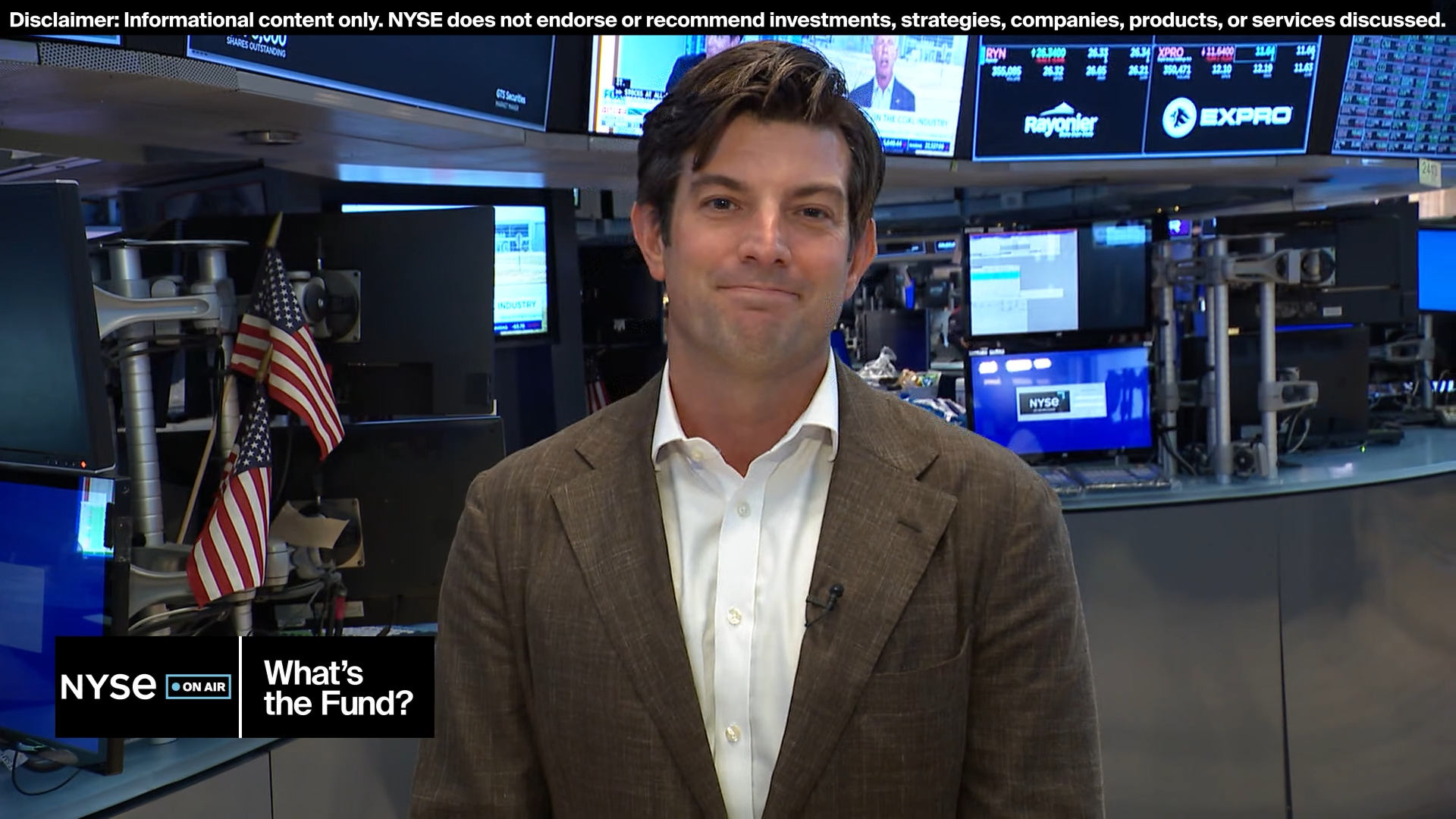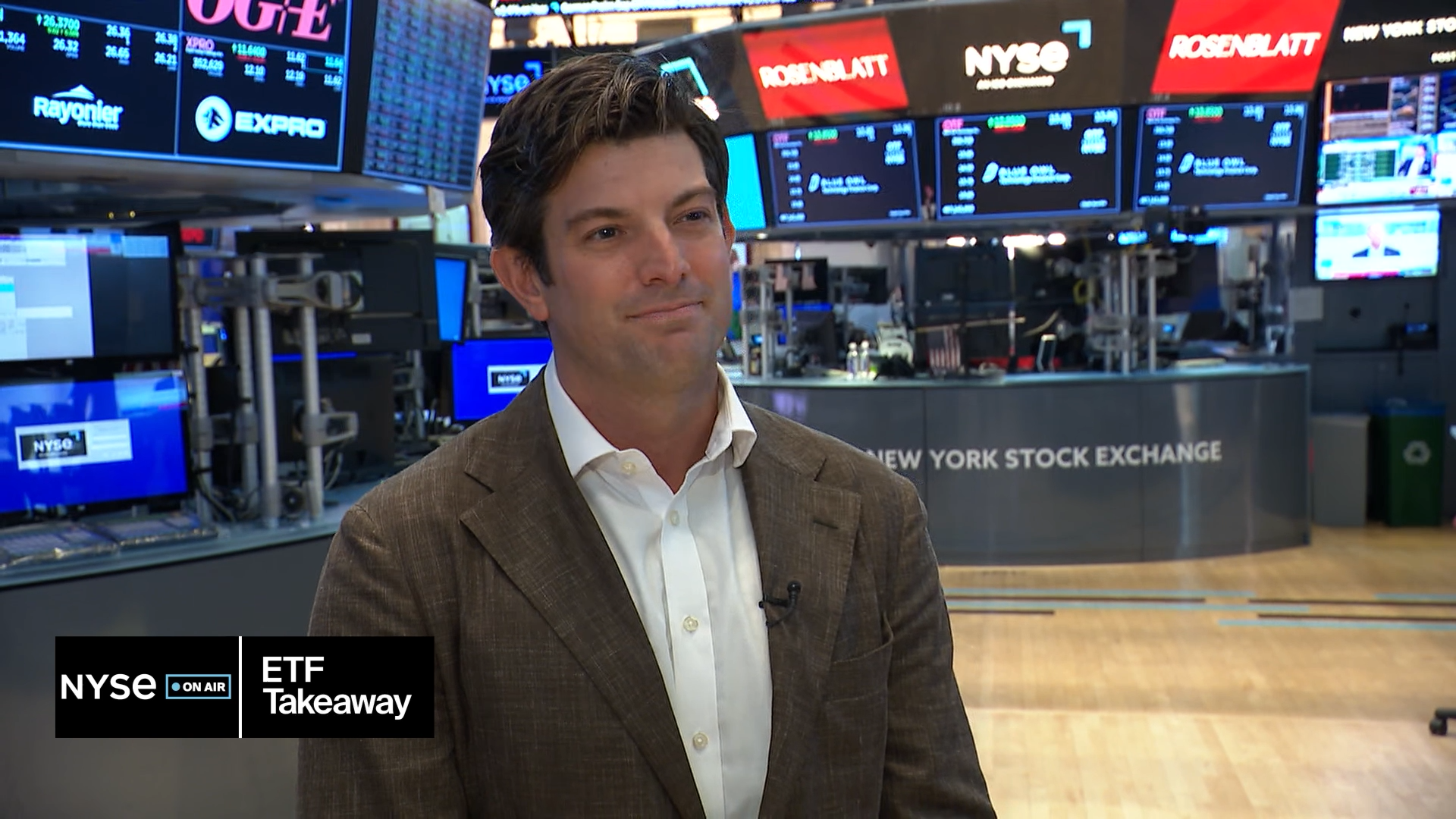.jpg)
AB Active ETFs
Active ETFs Designed to Fit Your Needs.
Our active ETFs are designed to enhance long-term investment portfolios. At the core of our approach is a research-driven investment process, guided by a team of experts focused on helping clients meet their investment goals.
See how AB’s active approach, combined with the structural advantages of ETFs, will change your perspective.

Featured Active ETF Funds
Choose an active strategy aligned with your investment goals.
Actively Managed ETF List
Our active ETFs are objective-oriented strategies that offer more choice for our investors.
-
Fixed Income
-
Municipals
-
Equities
-
Alternatives
- Fixed Income
- Municipals
- Equities
- Alternatives
Balance income and risk with our actively-managed fixed income ETFs
See More With AB ETF Insights
Latest Video
ETF Minute - Active ETFs Gain Momentum
Explore the rising popularity of active ETFs, particularly in bond and equity segments, presenting opportunities for financial advisors to help enhance portfolio strategies.
Video Transcript
Year-to-date ETF inflows are estimated to have crossed $1 trillion so far this year and are on pace to set a record for annual flows, with the fourth quarter traditionally seeing the largest ETF inflows each year.
Notably, active ETFs are experiencing stronger flows in 2025 compared to previous years. Historically, passive funds have dominated ETF inflows, but this year, over one-third of all ETF flows are going into active ETFs, up from 23% in 2024.
Bond ETFs accounted for a significant portion of active ETF inflows, highlighting investors’ preference for active managers who can proactively manage duration exposures, exploit bond market inefficiencies, and respond to changes in credit markets.
In equities, there were also large inflows into active US and international large-cap equity ETFs—core allocations where active managers may capitalize on market dislocations driven by uncertainty.
Strong flows into active ETFs underscore a significant shift in investor preferences. This trend presents a clear opportunity for financial advisors to enhance their portfolio construction strategies and take advantage of an increasingly popular investment capability. In less efficient market segments, or when investors want more than broad passive exposure, active ETFs can offer added value. Financial advisors who incorporate these solutions into their portfolios today position themselves—and their clients—to capitalize on real-time market opportunities and manage risks, rather than simply track the broad market.
And that’s your ETF minute!
ETF News
Sign Up
Visibility Into Our ETF Insights.
Get periodic insights, tools and access to events from AB’s ETF experts.
Thank You
Thank you for contacting us. Expect a reply soon.
Get in touch for help getting started.
[[fa-icon-phone]] 800-247-4154, select 3
[[fa-icon-envelope]] ETFSpecialist@alliancebernstein.com
Important Information
Investing in securities involves risk and there is no guarantee of principal.
Investors should consider the investment objectives, risks, charges, and expenses of the Fund/Portfolio carefully before investing. For copies of our prospectus or summary prospectus, which contain this and other information, visit us online at www.alliancebernstein.com or contact your AB representative. Please read the prospectus and/or summary prospectus carefully before investing.
Shares of the ETF may be bought or sold throughout the day at their market price on the exchange on which they are listed. The market price of an ETF's shares may be at, above or below the ETF’s net asset value ("NAV") and will fluctuate with changes in the NAV as well as supply and demand in the market for the shares. Shares of the ETF may only be redeemed directly with the ETF at NAV by Authorized Participants, in very large creation units. There can be no guarantee that an active trading market for the Fund’s shares will develop or be maintained, or that their listing will continue or remain unchanged. Buying or selling the Fund’s shares on an exchange may require the payment of brokerage commissions and frequent trading may incur brokerage costs that detract significantly from investment returns.
Active Trading Risk: The Fund expects to engage in active and frequent trading, which will increase the portfolio turnover rate. A higher portfolio turnover increases transaction costs and may negatively affect the Fund’s return. Below-Investment-Grade Securities Risk: Investments in fixed-income securities with lower ratings (commonly known as “junk bonds”) tend to have a higher probability that an issuer will default or fail to meet its payment obligations. Bond Risk: The Fund is subject to the same risks as the underlying bonds in the portfolio such as credit, prepayment, call and interest rate risk. As interest rates rise the value of bond prices will decline. Credit Risk: A bond’s credit rating reflects the issuer’s ability to make timely payments of interest or principal—the lower the rating, the higher the risk of default. If the issuer’s financial strength deteriorates, the issuer’s rating may be lowered, and the bond’s value may decline. Currency Risk: Fluctuations in currency exchange rates may negatively affect the value of the Fund’s investments or reduce its returns. Depositary Receipts Risk: Investing in depositary receipts involves risks that are similar to the risks of direct investments in foreign securities. Derivatives Risk: Derivatives may be more sensitive to changes in market conditions and may amplify risks. Dividend Paying Securities Risk: The Fund invests in securities that pay dividends. There can be no assurance that dividends will be declared or paid on securities held by the Fund in the future, or that dividends will remain at current levels or increase. Emerging Market Risk: Investments in emerging market countries may have more risk because the markets are less developed and less liquid as well as being subject to increased economic, political, regulatory, or other uncertainties. Equity Securities Risk: The Fund invests in publicly traded equity securities, and their value may fluctuate, sometimes rapidly and unpredictably, which means a security may be worth more or less than when it was purchased. Foreign (Non-U.S.) Investment Risk: Investments in securities of non-U.S. issuers may involve more risk than those of U.S. issuers. These securities may fluctuate more widely in price and may be more difficult to trade than domestic securities due to adverse market, economic, political, regulatory, or other factors. Global Risk: The Fund invests in companies in multiple countries. These companies may experience differing outcomes with respect to safety and security, economic uncertainties, natural and environmental conditions, health conditions, and/or systemic market dislocations. The global interconnectivity of industries and companies, especially with respect to goods, can be negatively impacted by events occurring beyond a company’s principal geographic location, which can contribute to volatility, valuation, and liquidity issues. Inflation Risk: Prices for goods and services tend to rise over time, which may erode the purchasing power of investments. Interest Rate Risk: As interest rates rise, bond prices fall and vice versa; long-term securities tend to rise and fall more than short-term securities. Investment Securities Risk: To the extent the Fund invests in other funds, shareholders will bear to layers of asset-based expenses, which could reduce returns. Leverage Risk: Trying to enhance investment returns by borrowing money or using other leverage transactions such as reverser purchase agreements—magnifies both gains and losses, resulting in greater volatility. Market Capitalization Risk: Investments in mid-capitalization companies may be more volatile than investments in large-capitalization companies. Market Risk: The market values of the portfolio’s holdings rise and fall from day to day, so investments may lose value. Municipal Market Risk: Economic conditions, political or legislative changes, public health crises, uncertainties related to the tax status of municipal securities, or the rights of investors in these securities may negatively impact the yield or value of a municipal security. New Fund Risk: The Fund is a recently organized, giving prospective investors a limited track record on which to base their investment decision. Non-Diversification Risk: The Fund may have more risk because it is “non-diversified”, meaning that it can invest more of its assets in a smaller number of issuers. Accordingly, changes in the value of a single security may have a more significant effect, either negative or positive, on the Fund’s net asset value. Quantitative Model Risk: AB uses a quantitative model to identify investment opportunities for the Fund. There is a risk that market behavior will change and the patters upon which the models are based will weaken or disappear which would reduce the ability of the models to generate and excess return. Sector Risk: The Fund may have more risk because it may invest to a significant extent in one or more particular market sectors, such as the information technology sector. To the extent it does so, market or economic factors affecting the relevant sector(s) could have a major effect on the value of the Fund’s investments. Tax Risk: The U.S. Government and the U.S. Congress may periodically consider changes in federal tax law that could limit or eliminate the federal tax exemption for municipal bond income, which would in effect reduce the income received by shareholders from the Fund by increasing taxes on that income.
AllianceBernstein L.P. (AB) is the investment adviser for the Fund.
Distributed by Foreside Fund Services, LLC. Foreside is not related to AB.
© 2023 AllianceBernstein L.P.









